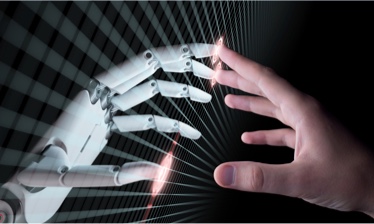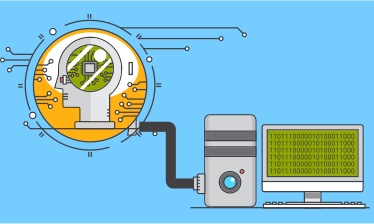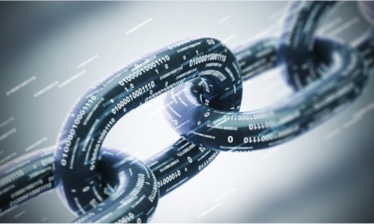Smart grids
World benchmark in smart grids
The decarbonisation of the economy and digital innovation bring with them new distribution networks known as smart grids, a key technological leap in our commitment to the energy transition.
The bi-directionality, flexibility, digitalisation and automation of smart grids make a new interconnected map possible that responds to the needs of energy users and producers. Smart grids also ensure the incorporation of more renewables and are positioned as a vital cornerstone of the energy transition.
Therefore, in our Strategic Plan we plan to invest €21.5bn in grids in the United States, the United Kingdom, Brazil and Spain, which represents 60% of net investment. More than €6.5bn of this figure is earmarked for transmission grids, ensuring new renewable capacity integration and enabling the implementation of new solutions and distributed services.
What are smart grids?
Smart grids are electricity networks that can intelligently and dynamically integrate the actions of all the users connected to them — those which generate energy, those which consume energy or those which do both — in order to supply electricity efficiently, sustainably, economically and safely.
Smart grids incorporate digital technology into their traditional design to facilitate the two-way exchange of energy and information. They do so thanks to the internet, information and communication technologies, control systems and state-of-the-art IT and home automation applications.
Such grids encompass the entire technological infrastructure that will be needed, from energy generation, transmission and distribution, to electricity storage and the consumption of the energy generated.
A smart grid is, thus, able to respond to the electricity demand needs of citizens and to any potential incidents that occur. Smart grids are capable of integrating renewable installations of various sizes and, thanks to their bi-directional nature, the user can be both consumer and producer: they can produce energy and sell it to industrial or commercial users.

How do smart grids work?
The operation of a smart grid is more complex than that of a traditional grid, as it employs remote management by incorporating automated information and control systems that respond to fluctuations in energy production and demand. This provides information on energy consumption at all times and makes for a more responsible use of the entire cycle, as well as providing knowledge regarding the status of each node, segment and element and it also increases the efficiency and operational effectiveness of the lines.
Moving towards the smart grid of the 21st century
-
Iberdrola is committed to digitalisation and innovation in grids
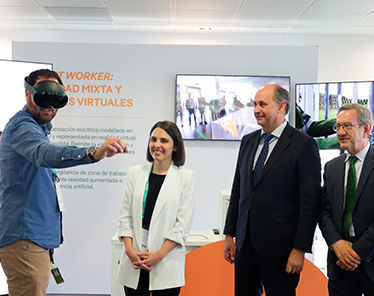
-
EUR 700 million green loan for electricity grid expansion in Spain
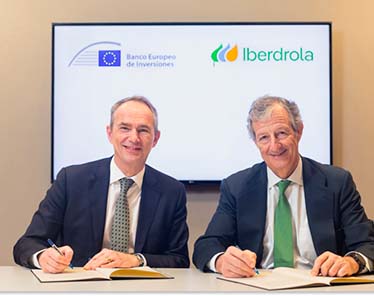
-
Avangrid leads a pilot project for the application of AI in substation checks
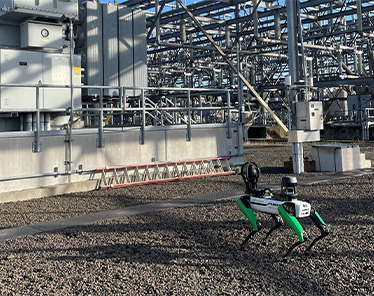
-
Iberdrola at the forefront of self-consumption in Spain
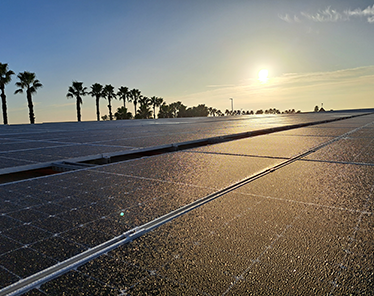
-
Iberdrola and BCAM will collaborate in the AI Innovation Data Space project to optimise grids
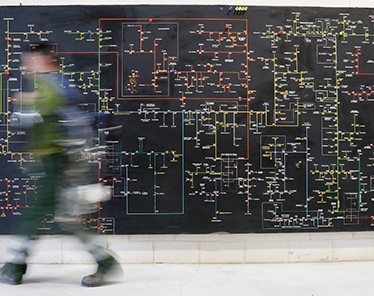
-
ScottishPower unveils £5.4bn worth of contract opportunities as it turbo charges its next phase of electricity network investment
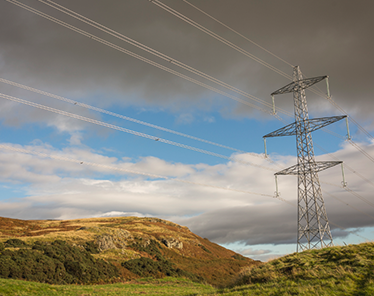
-
Iberdrola's Eastern Green Link I project in the UK awards £1.8 billion of first contracts

-
Iberdrola is committed to young talent from its smart grid headquarters
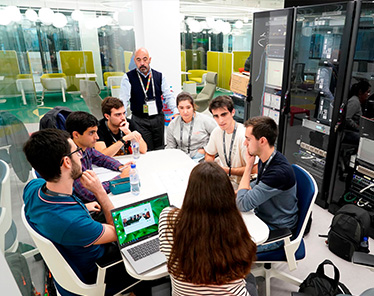
-
Global Smart Grids Innovation Hub
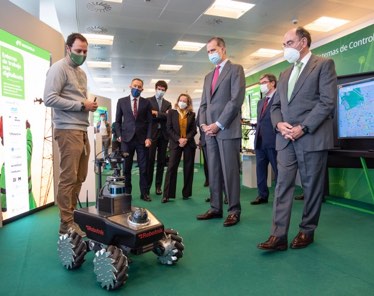
-
Network investment plan in the UK

-
Iberdrola and Arbórea present the robot Antecursor I
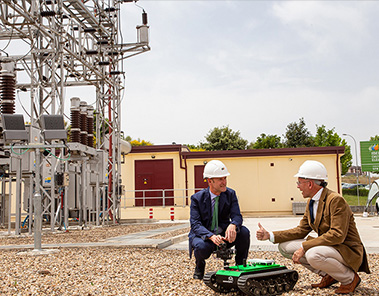
-
Smart meters and the digitalisation of the grid
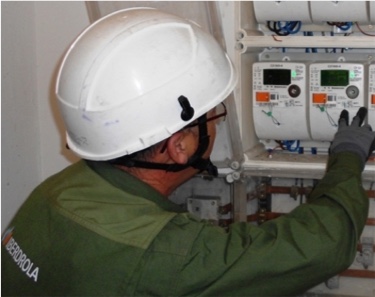
-
DSO, smarter grid management
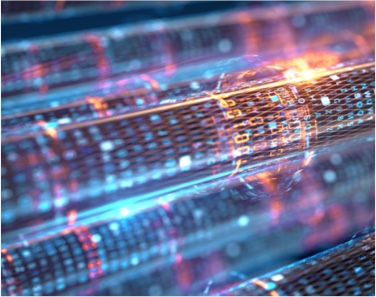
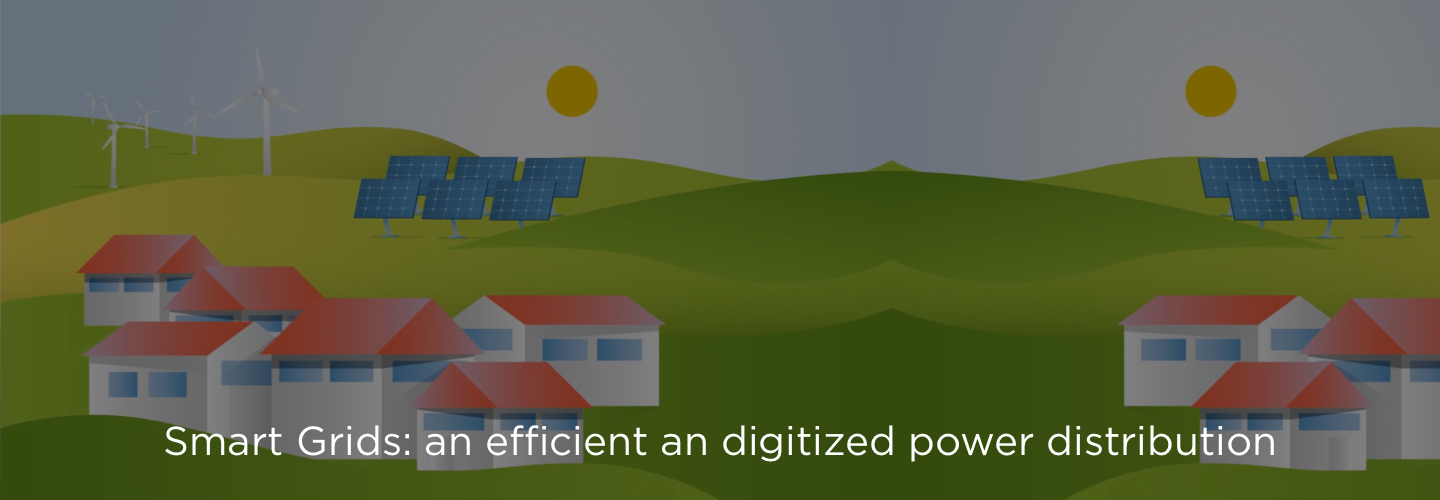
Main advantages of smart grids

Increased network efficiency and quality of supply
Through remote management, everything related to the supply point and services can be managed remotely and quickly.

Customers are more involved
Consumers know in real time, for example, their consumption curves or how electricity consumption is distributed.

Key to the energy transition
They facilitate the decarbonisation and electrification of the economy, with a integration of renewables, sustainable mobility and self-consumption.

Increased network efficiency and quality of supply
Through remote management, everything related to the supply point and services can be managed remotely and quickly.

Customers are more involved
Consumers know in real time, for example, their consumption curves or how electricity consumption is distributed.

Key to the energy transition
They facilitate the decarbonisation and electrification of the economy, with a integration of renewables, sustainable mobility and self-consumption.
Tasks and challenges for smart grids
The new energy model has several tasks ahead to build smarter cities with good air quality by being emission-free.
What data can we gain from smart grids?
Thanks to a smart grid, we can identify the geographical areas where the most energy is consumed and those where the most faults occur.In addition, we will learn which equipment has the most faults and we will recognise different types of incident within the electricity network. Fraud can also be detected. For better energy efficiency, smart grids offer energy demand and generation forecasts and, thanks to their wave quality, the quality of supply is improved. They also allow us to understand the maintenance requirements of the networked assets.

Flagship projects in smart grids
-
Eastern Green Link 1: an undersea electric superhighway linking the North Sea to England
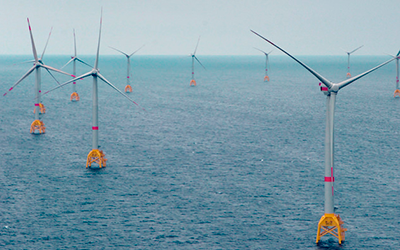
-
1,700 kilometres of power line in Brazil: Our largest grid project in the world
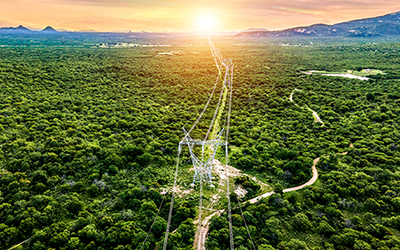
-
BeFlexible implements pilots in various countries to validate its energy flexibility strategy in Europe
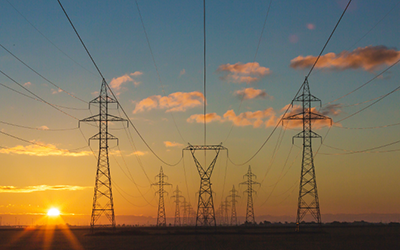
-
Western Link: the project laying the world's longest underwater power line
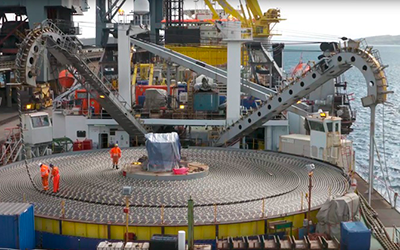
-
STAR Project: a global benchmark in smart grids investments
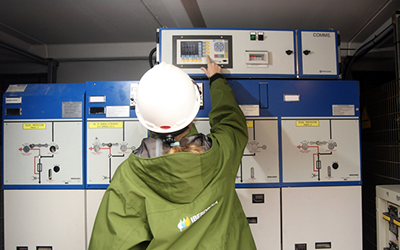
-
The revolution in electricity grids, the PRIME project
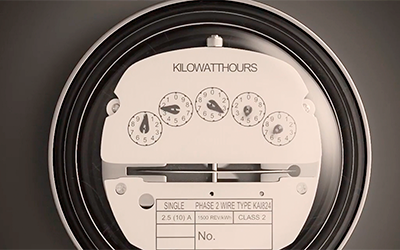
Iberdrola, a world leader in smart grids
At the Iberdrola Group, we consider grids to be a key factor both for the electrification of the economy and for the revitalisation of the territories in which we operate. That is why we consider regulated assets, together with renewable energies, to be key factors in our strategy.
85% of grids investments are targeted at markets with closed frameworks for the coming years, and 80% of the gross profit of this business is protected from inflation and interest rates. These investments will allow us to increase the asset base to €54bn by 2026 – €12bn more than in 2023 and 38% more than in 2022.
We already operate one of the world's largest distribution systems, with more than 1.3 million kilometres of distribution and transmission lines, more than 4,500 substations and more than 1.6 million transformers, built and operated to provide a high-quality and reliable service to more than 33.67 million electricity supply points.
At Iberdrola, we continue to work on the modernisation, digitalisation and automation of its grids as a key element in improving the quality of the distribution system and to guarantee the mass incorporation of renewables in the near future, as well as to promote the electrification of mobility, buildings and industry.
We strongly believe that the transition to a decarbonised and fully renewable system is not possible without modern and flexible transmission and distribution grids that are capable of efficiently integrating new, emission-free power. As a result, in recent years the Iberdrola Group has installed around 15 million smart meters worldwide, and remote management, monitoring and automation capabilities have been incorporated into the grid. By the end of 2025, more than 21 million smart meters will be installed and 83 % of our assets will be in countries with an A rating. By the end of 2023, 78% of our high and medium voltage grids were already smart grids.
This is allowing us to respond to new trends in its relationship with its clients, offering them more personalised products and services and more active management of their electricity consumption. In parallel, we are also making great efforts to minimise the impact of our facilities on the environment, while launching challenges through the PERSEO tart-up Programme in search of innovative solutions to further reduce this impact.
All these efforts have led the our Group to become a world leader in the development and deployment of smart grids.
If you want to know the Iberdrola Group's distributors by country, you can find them in the following links:

Discover the 'Global Smart Grids Innovation Hub'
PIn order to continue leading the the energy transition, we have created a global centre for innovation in smart grids: the Global Smart Grids Innovation Hub. Its aim is to be a global benchmark and to act as a driving force for innovation, combining its technological capacity with that of suppliers, collaborators and start-ups from around the world. The initiative brings together the innovative potential of more than 200 professionals to undertake R&D&i projects.
Read moreDiscover the 'Global Smart Grids Innovation Hub'
PIn order to continue leading the the energy transition, we have created a global centre for innovation in smart grids: the Global Smart Grids Innovation Hub. Its aim is to be a global benchmark and to act as a driving force for innovation, combining its technological capacity with that of suppliers, collaborators and start-ups from around the world. The initiative brings together the innovative potential of more than 200 professionals to undertake R&D&i projects.
Read moreThe innovations that make smart grids possible
What differentiates smart grids from a traditional electricity grid?
For centuries, the energy system has responded to an analogue and unidirectional model: energy was produced in power generation plants and distributed to consumers in their homes, businesses, factories and for public use in the cities. But the technology and energy transition towards a decarbonised economy are offering many other possibilities, which are only achievable if we can make the infrastructure in the circulatory system of our electricity system, the grids, more robust and, above all, more flexible and smart.
The traditional electricity grid is static and unidirectional, while the dynamic in smart grids is bidirectional, with communications between supplies and control centres, thus increasing efficiency and energy savings. Traditional grids barely interact with consumers, however, interaction is an intrinsic feature of smart grids. The electricity meters in conventional networks are electromechanical, while smart grids use digital meters. Maintenance methods are different. While traditional networks need manual inspections, smart grids can be monitored remotely.
What differentiates smart grids?
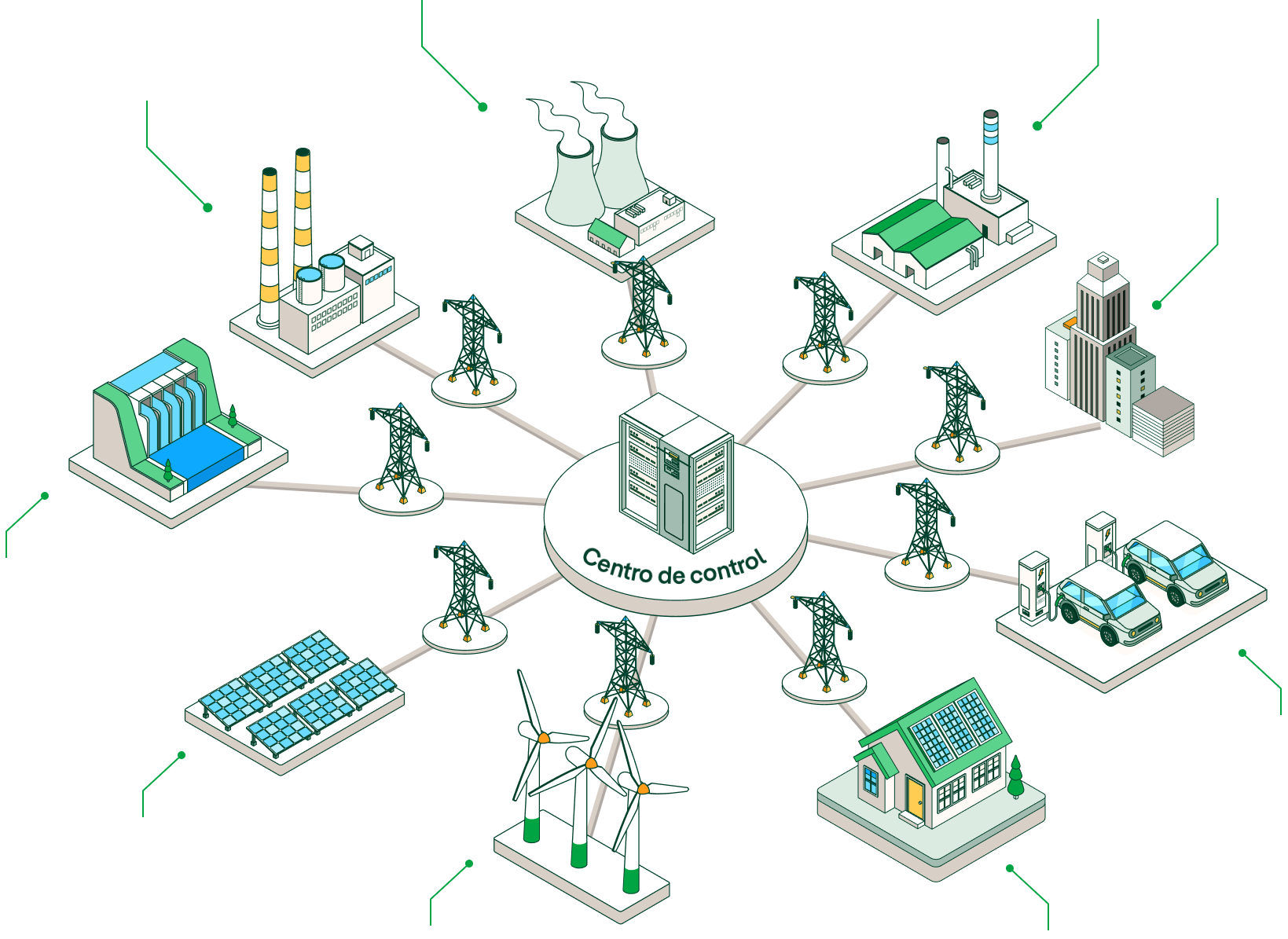
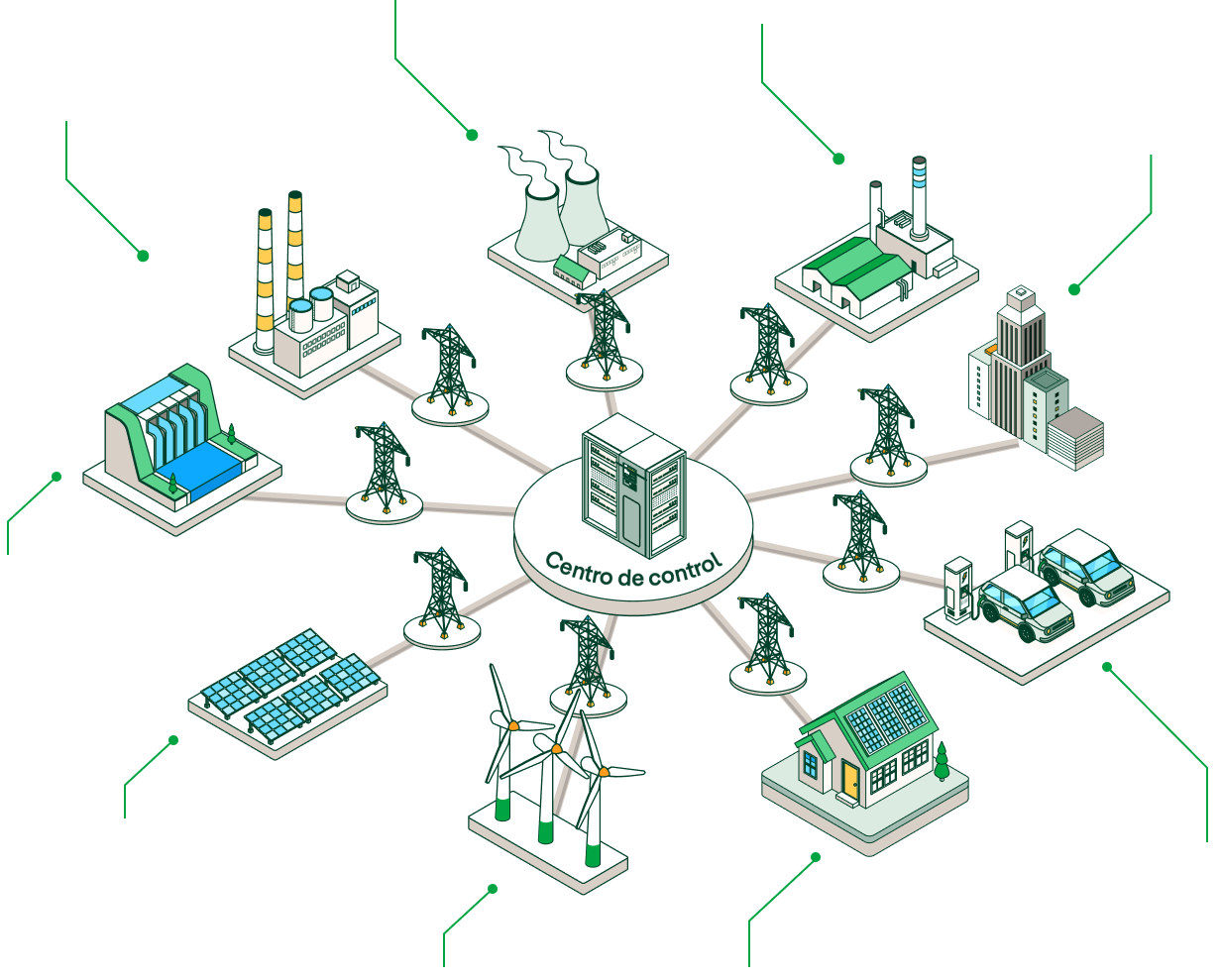
- Nuclear power plant
- Thermal power plant
- Factories
- Hydro power plant
- City & buildings
- Wind power plant
- Solar power plant
- Electric vehicles
- Smart houses
Smart grids, sustainable and environment-friendly
Without renewables, there will be no green transition, and without grids to make management and integration possible, there can be no renewables. Nor will sustainable mobility, with vehicles powered by green electricity, be possible. The invisible threads of our smart grids underpin the efficient functioning of a reliable, sustainable energy system and are essential for the shift to a new green paradigm.
Smart grids help to reduce greenhouse gas emissions, fighting global warming. Having an electrical system that optimises consumption and energy production encourages energy efficiency. In addition, consumers can see their consumption in real time, which allows them to save energy and reduce their bills, while reducing their environmental impact as there are no more energy losses. They are also the solution to energy waste, as they optimise energy sources to the maximum by applyingenergy efficiency measures in homes, businesses and industries on a daily basis.
Smart grids can operate with energy from renewable sources. When you know how much power you are using and what you are using it for, you can predict how much you need to produce in the long term, opting specifically for renewable energies and rejecting non-renewables that are mainly used when supplies are short.

Calendar
-
22April

World Earth Day
00.00h - 23.59h
The 54th edition of Earth Day is a day to highlight the importance of our planet and the conservation of its ecosystems on all continents and oceans.
Add to calendar
-
09 May11 May

2024 Global Summit of Women
Between 9 and 11 May, the Global Summit of Women will be held in Madrid with the presence of Iberdrola in the figure of Mario Ruiz-Tagle.
Add to calendar
-
13 May15 May
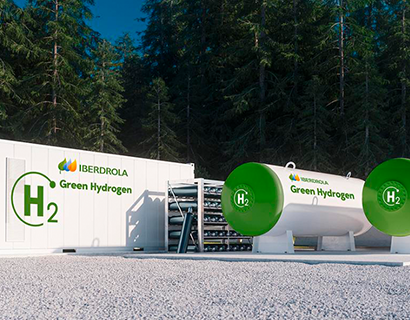
World Hydrogen 2024 Summit & Exhibition
From 13-15 May, the World Hydrogen Congress will be held in Rotterdam to further explore the future of green hydrogen.
Add to calendar
-
22May

International Biodiversity Day
00.00h - 23.59h
International Biodiversity Day commemorates the adoption of the Convention on Biological Diversity at the United Nations Summit in 1992.
Add to calendar
-
05June

World environment day
00.00h - 23.59h
World Environment Day 2024, hosted by Saudi Arabia, will be celebrated with desertification as the main theme to be addressed.
Add to calendar
-
15June
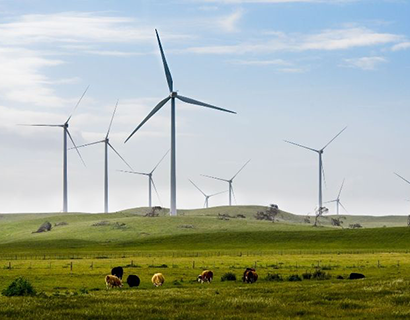
Global wind day 2022
00.00h - 23.59h
A day to raise awareness of the importance of wind, fundamental in facilitating transport, changing the land relief and an important generator of energy.
Add to calendar
-
22April

World Earth Day
00.00h - 23.59h
The 54th edition of Earth Day is a day to highlight the importance of our planet and the conservation of its ecosystems on all continents and oceans.
Add to calendar
-
09 May11 May

2024 Global Summit of Women
Between 9 and 11 May, the Global Summit of Women will be held in Madrid with the presence of Iberdrola in the figure of Mario Ruiz-Tagle.
Add to calendar
-
13 May15 May

World Hydrogen 2024 Summit & Exhibition
From 13-15 May, the World Hydrogen Congress will be held in Rotterdam to further explore the future of green hydrogen.
Add to calendar
-
22May

International Biodiversity Day
00.00h - 23.59h
International Biodiversity Day commemorates the adoption of the Convention on Biological Diversity at the United Nations Summit in 1992.
Add to calendar
-
05June

World environment day
00.00h - 23.59h
World Environment Day 2024, hosted by Saudi Arabia, will be celebrated with desertification as the main theme to be addressed.
Add to calendar
-
15June

Global wind day 2022
00.00h - 23.59h
A day to raise awareness of the importance of wind, fundamental in facilitating transport, changing the land relief and an important generator of energy.
Add to calendar
More about smart grids
Smart micro-grids: the potential for sustainable energy
Micro-grids are small, self-sufficient circuits capable of supplying electricity to specific communities, usually far from large urban centers.
Discover smart micro-gridsSmart micro-grids: the potential for sustainable energy
Micro-grids are small, self-sufficient circuits capable of supplying electricity to specific communities, usually far from large urban centers.
Discover smart micro-grids












